Trading iPads for play
April 27, 2021
A family of four waits at the front of the restaurant. After roughly fifteen minutes, a new table opens up, and I walk the family to it, freshly cleaned.
As I set down the menus on their table, I find that someone is missing.
It doesn’t take me long to find the little boy on the other side of the restaurant, walking aimlessly with his eyes fixed on his iPad, oblivious of his surroundings. He is lost but doesn’t know it.
His family sits down, but I go back to the front of the restaurant to guide him in the right direction.
If this kid is unable to look up from his screen to walk for a few seconds, what is he doing during recess? Is he able to enjoy his time outside and interact with other kids, or would he rather stay in and play Mario? What will it look like for kids this age in 10 years?
I don’t even want to think about it.
An increase in the use of technology at a young age has led children to a sedentary lifestyle. They are less likely to play outside unless they are asked. Kids of all ages choose to watch someone play Fortnite on Youtube rather than explore in the woods or play at their neighborhood playground.
Consequently, the companies who make playgrounds are competing for the attention of their consumers. Over the years, playgrounds have become more extravagant and less imaginative.
These new playground designs leave little room for interpretation and creativity for the children who are playing on them. Many playgrounds even have themes like treehouses or rocket ships. While they may be appealing to the eyes of children (and tired parents), such extravagant playgrounds do not invite children to use their imagination.
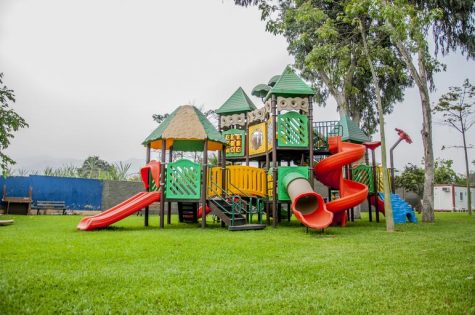
The creative process is done by those who design the playground instead of those who play on it.
Many have noticed the deficits in children that the lack of creative play has produced. Creative play sparks children’s imagination and challenges motor skills. With these playgrounds, the kids who play on them are missing out.
In efforts to prevent an entire generation of unimaginative and antisocial humans with the inability to problem-solve, scientists and other advocates for getting children outside are looking for new ways to restore creativity in the realm of play.
As a result, natural playscapes have become increasingly popular. A natural playscape is an alternative playground for kids that doesn’t use modern materials like plastics and metal as its primary building components.
While not limited to, these playgrounds typically have stumps, balancing logs, climbing structures, and sandboxes.
A nature center in Holland called the Outdoor Discovery Center (ODC) has a mission to advance education and conservation in West Michigan. Employees at the ODC, including Jamie Krupka, were introduced to the idea of nature playgrounds in the early 2010s. Krupka was intrigued by the way these playscapes allowed for more creative play and the natural materials used to make them.
While the materials used to create these playscapes are contrasting from typical playgrounds, what really sets them apart is the difference they make for the children who play on them.
Krupka learned that natural playscapes promote non-structured play, “A typical playground tends to have a tic-tac-toe board on it, or letters… that is called prescriptive play. A natural playscape/nature playground has unscripted play so a kid can create their own storyline for play.”
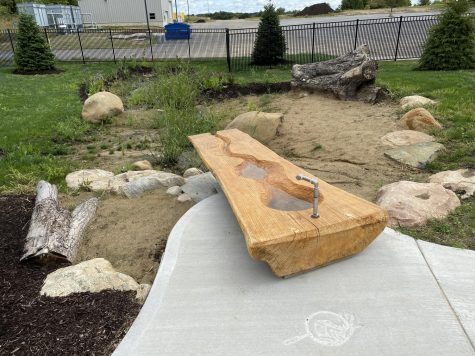
Inspired by the book “Last Child in the Woods” and the example of others, Krupka, along with others in leadership at the ODC, took to the idea and looked to make these playscapes a reality in West Michigan. The ODC created its first playground in 2012 and is on its property at the Nature Center. Characteristically named the Imagination Forest, “It has very simple elements like balancing logs, stepping logs, rocks, a tunnel through the garden,” Krupka said.
In no time, many families put this playground to use!
Along with their mission to educate, the ODC has a nature-based preschool, Little Hawks Discovery Preschool, with another playground for the students to use.
Vicki Sturtevant is a teacher at the preschool and gets to witness her students using their natural playscape every day. “What I notice the most with this type of playscape is the amount of imagination our kids use. Play structures are used in so many ways. A log is not simply a log, it’s an airplane, a bear den or a place to hide from monsters,” Sturtevant said.
The playgrounds no longer limit the creativity of those on them.
Rachel Hucul, the preschool director at the ODC, also notices many differences in the children when they play on their natural playscape.
“When children’s imaginations are active as well as their sensory systems, so is the increased ability to communicate and work together which activates the language centers in their brains. This naturally decreases negative peer interactions as well as injuries,” Hucul said.
After witnessing the many benefits of this type of playground, the ODC has created natural playscapes at Hamilton Middle School, Sandyview Elementary, Holland Language Academy, and Rockford Christian School,
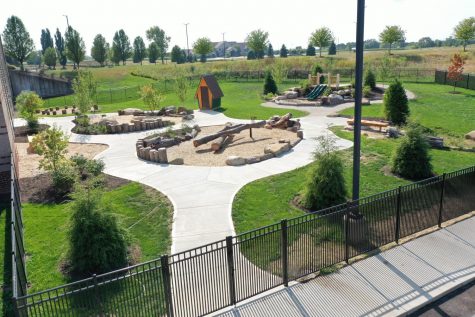
with more than a dozen to come in the next two years.
Closest to WOHS, the ODC Network will be developing an 11-acre campus on a portion of the land previously used as the Park Township Airport. Excited about this new project, Krupka describes, “Along with a nature-based preschool, three acres will be dedicated to a natural playscape. It will include a forest, wetland, and grassland habitat.”
The playground will be done in the fall of 2022. Ready to become anything its knee-high adventurers can think of.
The area will have numerous elements to stimulate creativity, cooperative play, and provide unscripted learning. The perfect way to leave iPads in the dust.

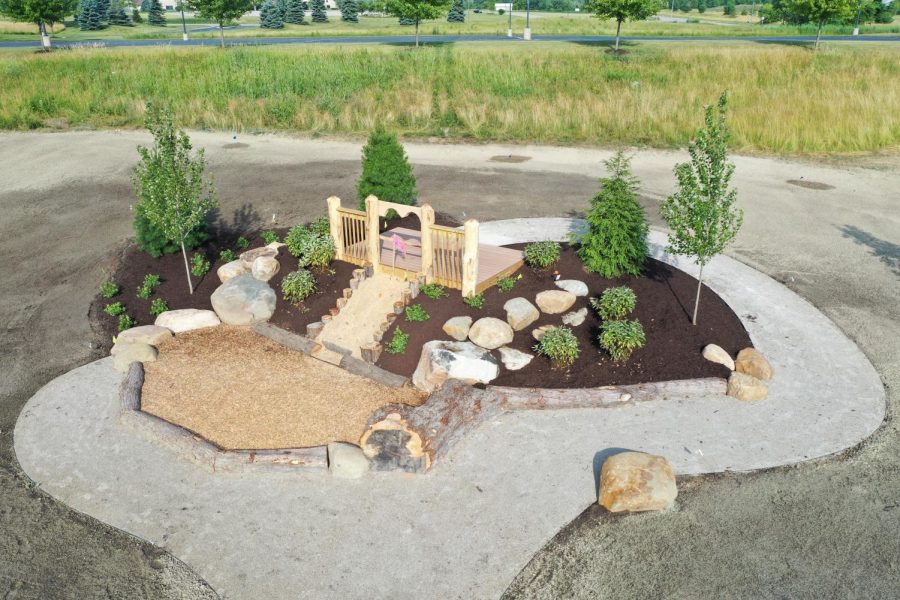
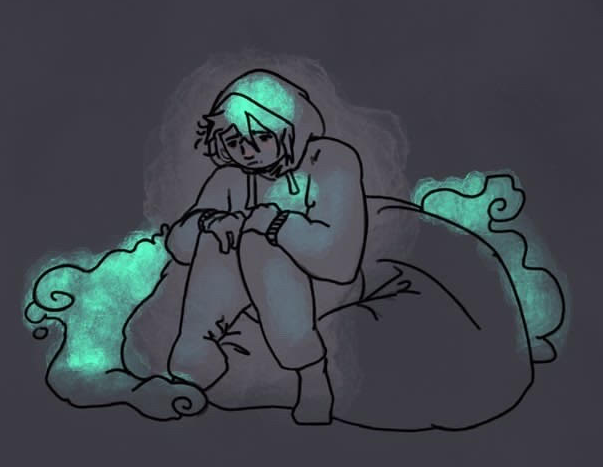







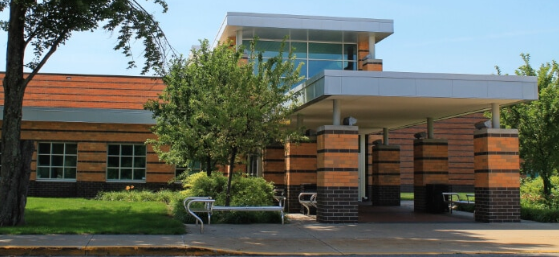
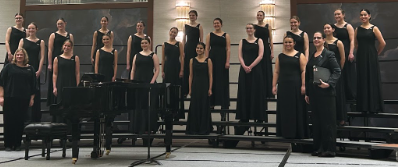
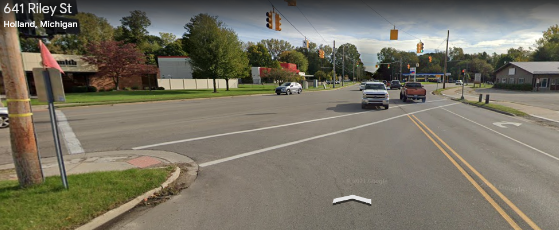

Brenna • Apr 29, 2021 at 5:06 pm
This is intriguing Anna!! So glad I read it, I never thought about how those types of extravagant playgrounds hinder children from using their imagination. Not only are these better for their minds but better for the planet as a whole.